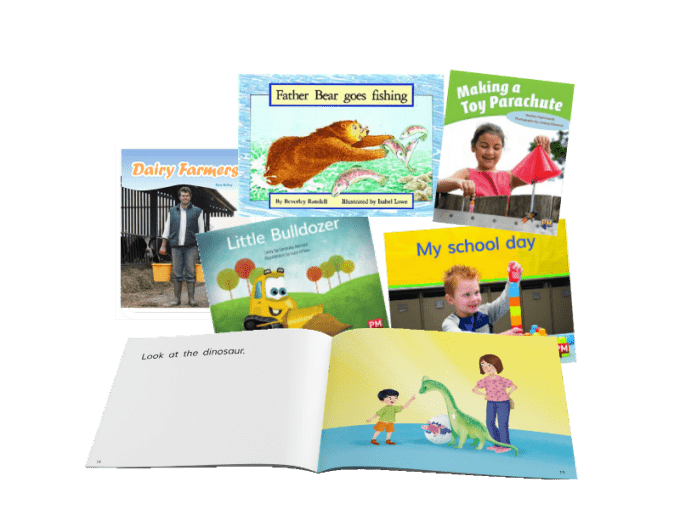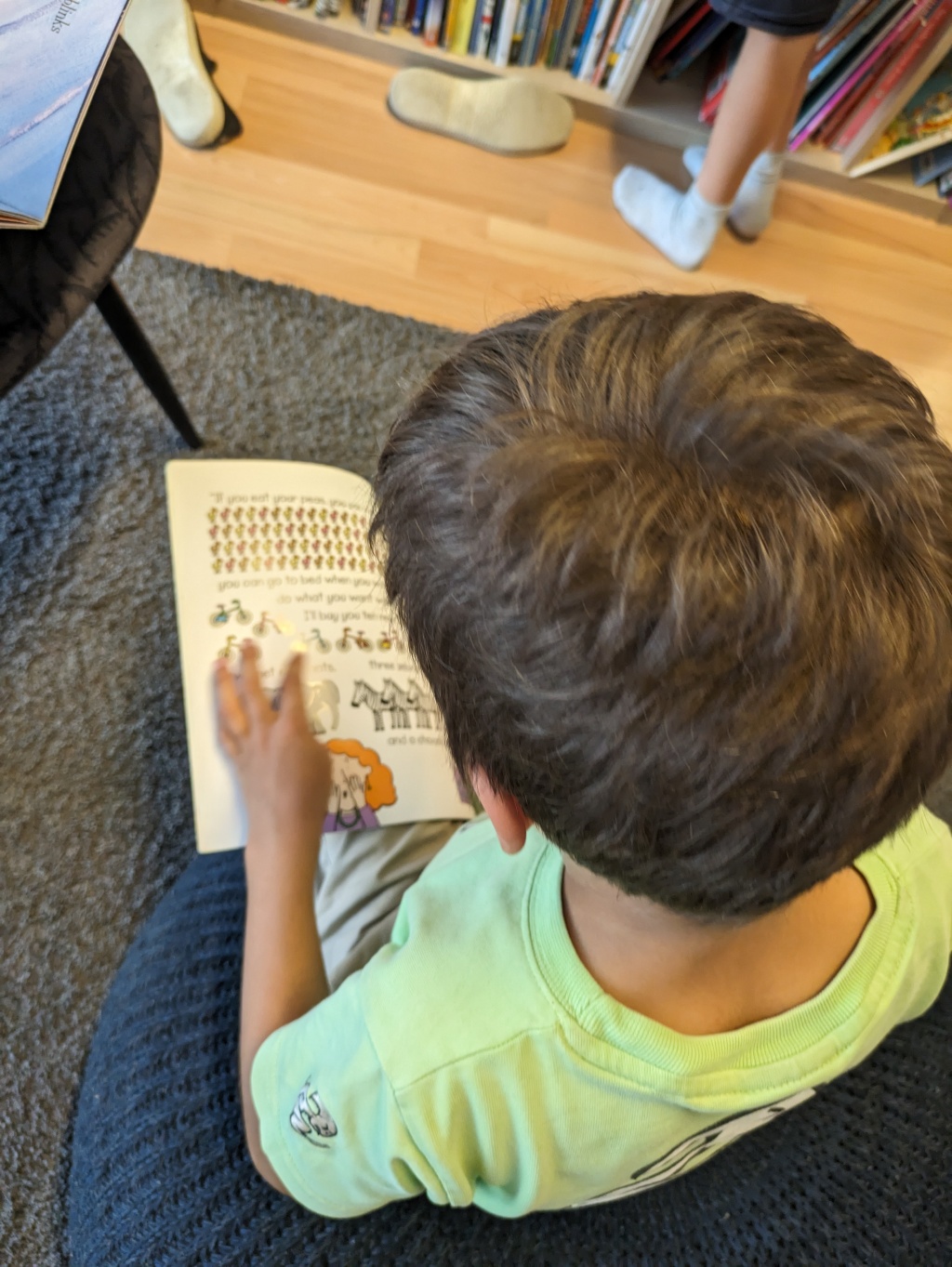When I trained as a primary teacher fifteen years ago in Aotearoa NZ, the idea of teaching literacy terrified me. I was such an enthusiastic reader and writer as a child that I may as well have been born with a Famous Five book in my tiny hand. I still remember reading aloud to my Nana from her ancient Janet and John books.

When I had my own kids, they were also both “natural” readers. They picked up the concepts of books and reading early on. We read to our kids multiple times a day and encouraged them to try out words themselves, to match what was on the page to words they had heard before.
My kids were in preschool when I started my ITE (Initial Teacher Education), and so far my assumption had been that learning to read happened naturally, without much effort.
Here’s where things get a bit controversial: my lecturers at college pretty much told us the same thing. We spent a lot of time learning about graded readers (also called predictive texts), and my in-school practical training validated a whole-language approach. If you give learners enough books, and sit them down in groups every day, eventually they will develop reading fluency. We taught learners that books should be read in their entirety, that the best way to decode a new word was to use the context of the text and the first letters of the words to take an educated guess. The phrase we used most frequently when correcting a learner’s reading was “Did that word make sense?”

I used that teaching strategy through my time relief teaching while my kids finished preschool, then in my new entrant classroom, then my year 1-2 classroom, and after I moved to Switzerland where I brought that approach with me into my coaching.
During the covid lockdowns, I decided to use my time to study, and signed up with a university in Aotearoa that offered a postgraduate diploma in literacy education, aimed at teachers wanting to specialise in literacy support. Within weeks I had all but thrown out my entire reading programme and started from scratch.

Sure, there are those learners for whom reading does seem to come naturally. But there are many learners who struggle with the basics of reading, and even for the most capable readers, there are knowledge gaps that are worth filling, that will serve them well in the future. My experience teaching children from non-English speaking backgrounds has shown me that making connections across languages strengthens learners’ understanding of the rules of English spelling. I’m excited to share those experiences with you!
Follow me for a deep dive into seminal literacy research, what’s going on in the literacy teaching world, and access to practical, non-worksheet resources that will engage learners and develop reading and writing fluency.






Leave a comment